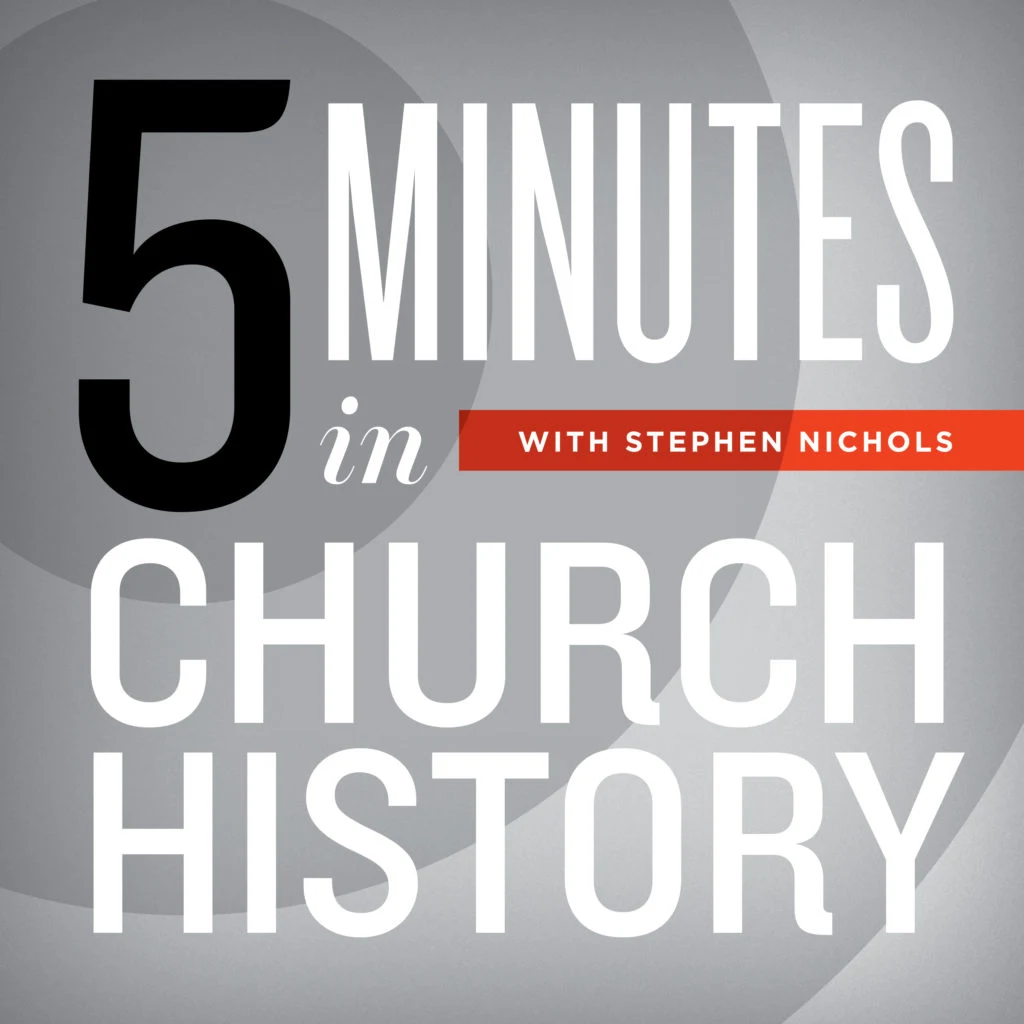The Tyger and the Lamb

We know about the Lion and the Lamb, but what about the Tyger and the Lamb? This is a reference to two poems by the poet William Blake. Blake was born in 1757 and died in 1827. He is buried in Bunhill Fields, the Dissenter or Nonconformist cemetery in London. It’s the burial place of John Bunyan, Isaac Watts, and John Owen. Blake’s family were all Dissenters, and he too was a Dissenter. He was a poet, a painter, and an illustrator. He wasn’t appreciated in his lifetime, but after his death he has taken his place among the pantheon of the great British poets. He’s seen as a Romantic poet.
I want to talk about two collections of his poetry called Songs of Innocence and Songs of Experience. Songs of Innocence is a collection of nineteen poems, it was published in 1789. Five years later, Songs of Experience was published; it has twenty-six poems. The titles of these collections are a play on the works of the great English poet John Milton, who saw two states of mankind: the state of innocence involved Adam and Eve in the garden, and the state of experience involved life after the fall.
One of the poems from Songs of Experience is a poem called “The Tyger.” And you might remember this line: “Tyger Tyger, burning bright, in the forests of the night; What immortal hand or eye, could frame thy fearful symmetry?” Blake is using the tiger, much as Herman Melville used the great white whale in Moby-Dick, to remind us of the idea of God as not only the God who created the flower and the rainbow but as the God who also created the predator. “In what distant deeps or skies, burnt the fire of thine eyes? On what wings dare he aspire? What the hand, dare seize the fire? And what shoulder, & what art, could twist the sinews of thy heart? And when thy heart began to beat, what dread hand? & what dread feet?” He ends by saying, “Tyger Tyger burning bright, in the forests of the night: What immortal hand or eye, dare frame thy fearful symmetry?”
In Blake’s Songs of Innocence, we have a different poem on the Lamb. But, before we read that, let’s look at his poem called “The Shepherd”: “How sweet is the shepherd’s sweet lot! From the morn to the evening he strays; He shall follow his sheep all the day, and his tongue shall be filled with praise. For he hears the lambs’ innocent call, and he hears the ewes’ tender reply; He is watchful while they are in peace, For they know when their shepherd is nigh.” And then his poem “The Lamb”:
Little Lamb who made thee Dost thou know who made thee Gave thee life; bid thee feed. By the stream; o’er the mead; Gave thee clothing of delight, Softest clothing wooly bright; Gave thee such a tender voice, Making all the vales rejoice! Little Lamb who made theeDost thou know who made thee Little Lamb I'll tell thee, Little Lamb I'll tell thee! He is called by thy name, For he calls himself a Lamb: He is meek; he is mild, He became a little child: I a child; thou a lamb, We are called by his name. Little Lamb God bless thee. Little Lamb God bless thee.
That’s William Blake on the Tyger and the Lamb.
Recent Episodes
A Little Church History of a Middle Colony: Early Influences
December 10, 2025|American Church History
Gunpowder and a Proclamation
December 3, 2025|Geographical Perspectives
Thanksgiving in Church History
November 26, 2025|American Church History
3 Sermons on the Hallelujah Chorus
November 19, 2025|General Church History
Charles Jennens’ Libretto
November 12, 2025|General Church History
Cyprian of Carthage: Crisis in the 3rd Century
November 5, 2025|General Church History
